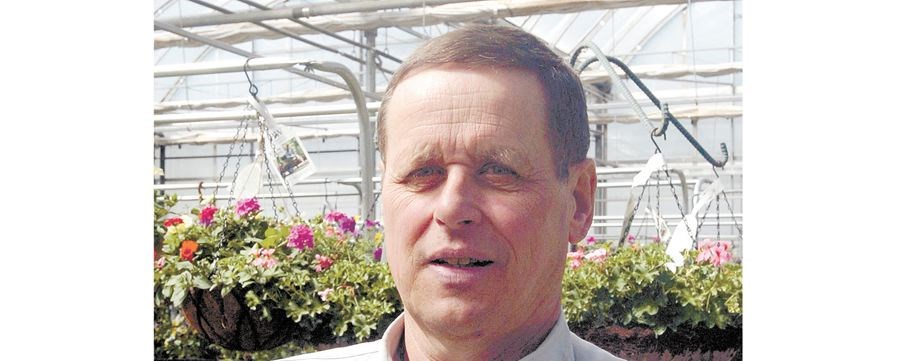Lilies have been around for thousands of years and are still a favourite in many local landscapes. There are many different varieties and types to choose from that are hardy enough to withstand our Prince George winters. Lilies are easy to grow and, once planted, can be left in the ground for a few years before they should be dug up, divided and re-planted.
Lilies are grown from bulbs which are planted in the spring. They can be purchased either as a bulb (now available at the garden centre) or as plants. If you purchase the bulb it can be started indoors now, by planting it in a pot, and then later the growing plant can be transplanted outdoors in May and June, giving it a head start.
Lily plants are also now available at the garden centre.
Probably the most popular lily variety this time of year is the Easter lily, known for its white trumpet blooms. Unfortunately the Easter lily is not a hardy lily and is treated as an indoor flowering plant. Don't let that stop you from getting one, as they do make lovely flowering plants.
When picking out an Easter lily, look for one that has one or two open blooms with lots of closed buds, as these will give you the longest bloom time. Look for a plant with healthy, dense, green foliage that goes down to soil level. Place it in an area in the home where it will receive lots of indirect light and keep it away from drafts and heat sources.
Removing the yellow anthers from the centre of the flowers will not only lengthen their bloom time, but will also protect furniture and clothing from getting yellow stains due to the staining pollen.
There are other lily plants in bloom, available now, that are hardy for our area. The nice thing about these is they can be enjoyed indoors now and after they finish blooming can be planted outdoors when the temperatures have warmed up. If cared for properly lilies will come back year after year to bloom. Later in the spring, there will be a large variety of hardy lily plants available in the perennial section of the nursery which can be directly planted outdoors.
When choosing a planting site for lilies look for an area that is well-drained. They do not like to be too wet as this can cause rot, but they also do not tolerate drought. The area should also receive full sun as the plant likes sun, but the bulb itself prefers cooler temperatures, so applying a layer of mulch around the bulb or planting a low growing perennial or annual around the lily will help keep the bulb cool.
Lilies are a low maintenance plant, rarely bothered by pests or disease.
When they have finished flowering, remove the finished flowers before they can set seed, as this takes energy away from the bulb. The remaining stems should be left to die back naturally as this is the time that the bulb is gathering vital nutrients.
Every three to four years lilies will become overcrowded, as they form new bulbs each year. To prevent overcrowding, the bulbs should be dug up, divided and re-planted in September. After a few years you will end up with more new plants, making lilies a great choice for those gardeners who want to enlarge their flowerbeds or share bulbs with their friends and neighbours.



